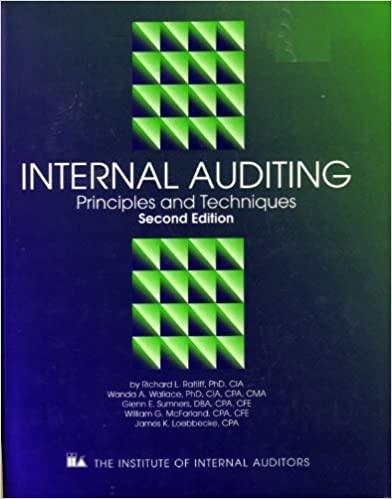Question
1. If a contingent liability is probable but cannot be reasonably estimated it should still be reported as a liability on the balance sheet. True
1. If a contingent liability is probable but cannot be reasonably estimated it should still be reported as a liability on the balance sheet.
True OR False
2. If a contingent liability is reasonably possible, it should be reported in the notes to the financial statements.
True OR False
3. A debt-to-assets ratio divides current liabilities by current assets
True OR False
4. If a company's debt-to-assets ratio is 75% and its competitors have debt-to-asset ratios near 60%, the company has adopted a riskier financing strategy than its competitors.
True OR False
5. The times interest earned ratio measures whether or not there are sufficient resources generated to cover interest costs.
True OR False
6. A times interest earned ratio of 4.22 is better than a times interest earned ratio of 5.81.
True OR False
Step by Step Solution
There are 3 Steps involved in it
Step: 1

Get Instant Access to Expert-Tailored Solutions
See step-by-step solutions with expert insights and AI powered tools for academic success
Step: 2

Step: 3

Ace Your Homework with AI
Get the answers you need in no time with our AI-driven, step-by-step assistance
Get Started


